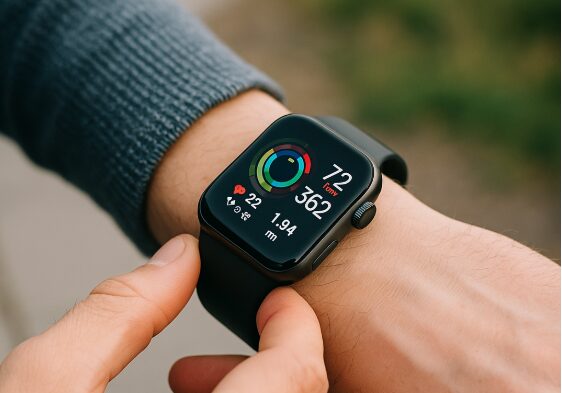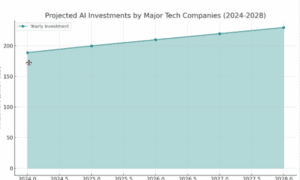Smartwatches and fitness bands have become more than just accessories. For many people, they’ve quietly taken over everyday functions like checking heart rate, tracking sleep, and even navigating city streets.
Harvard Health supports this shift, noting that wearables help individuals detect early signs of health issues.
These devices blend into routines so seamlessly that their impact is easy to overlook. Yet behind the scenes, wearables are helping people better understand their habits, manage stress, and make more informed lifestyle decisions.
Everyday Health Tracking Is Now Normal
Wearables have moved from niche fitness gadgets to daily tools for health maintenance. Many people now rely on these devices for real-time updates on:
- Heart rate and variability
- Sleep patterns and quality
- Steps taken and calories burned
- Blood oxygen and breathing trends
This type of data empowers users to catch subtle changes in their health and make adjustments before problems escalate.
Mental Wellness Features Are Expanding
A growing number of wearables now track stress levels using biometrics like skin temperature and heart rate. Connected apps can offer:
- Breathing exercises
- Gentle movement prompts
- Daily reflection check-ins
This aligns with a broader cultural interest in proactive mental care. In the wellness space, people are also exploring non-digital supports like psychedelic mushroom gummies—products marketed to enhance mood or promote relaxation. While wearables and these supplements serve different purposes, both represent the shift toward self-managed well-being.
Challenges Around Battery Life and Data Privacy
Despite the benefits, wearables still face limitations:
- Battery Life: Devices often need charging daily or every few days, which reduces their ability to deliver consistent, long-term tracking.
- Data Privacy: With so much personal information collected, concerns about how that data is stored or used remain valid. Users need to trust manufacturers and understand their rights.
The Next Generation of Wearables
The future of wearables isn’t just about smaller sizes or better screens. Instead, expect:
- Smarter AI integration to offer timely suggestions based on patterns (e.g., alerting you before a burnout).
- More passive features, like skin sensors or glucose tracking, to reduce manual input.
- Customization options, letting users decide which metrics matter most to them.
Conclusion
Wearable tech doesn’t need to be flashy to be useful. By quietly monitoring physical and emotional well-being, these tools are changing how people live their day-to-day lives. While there are still things to improve, the shift toward more mindful, connected living seems here to stay.
As Mayo Clinic explains, understanding heart rate trends plays a vital role in everyday health awareness.



































